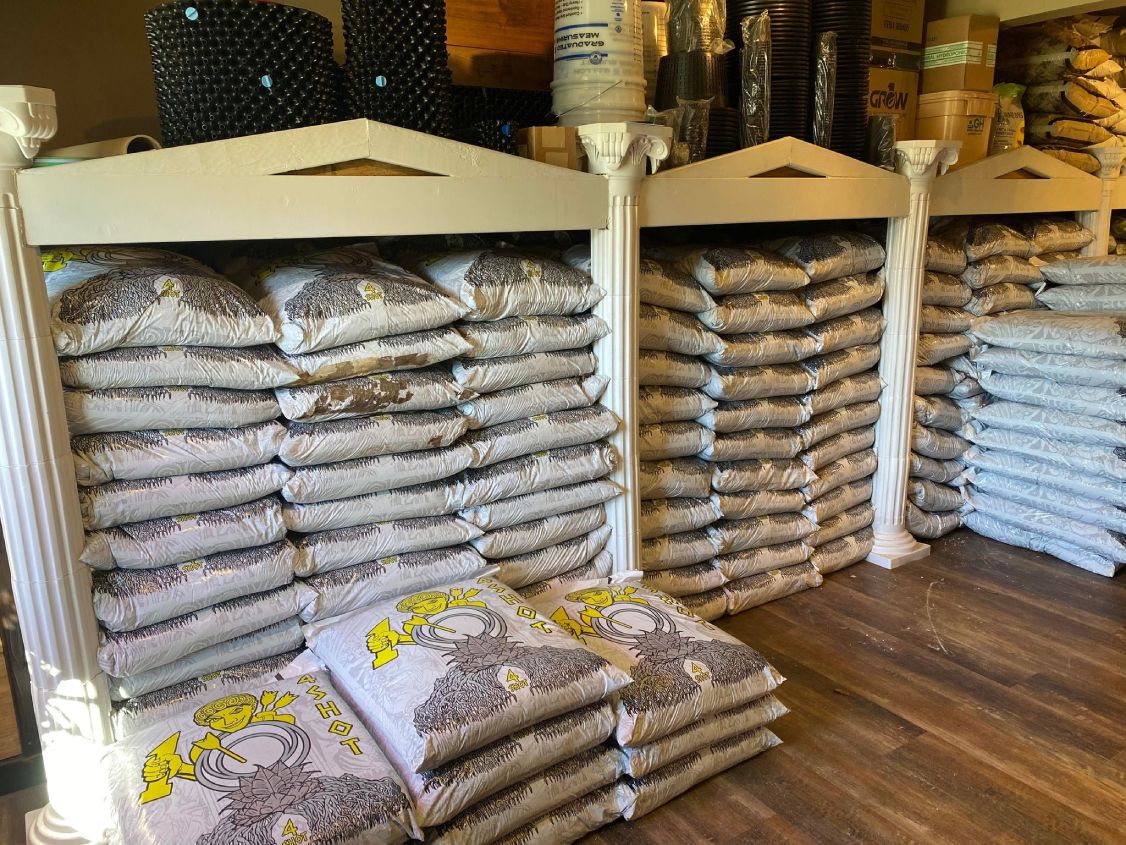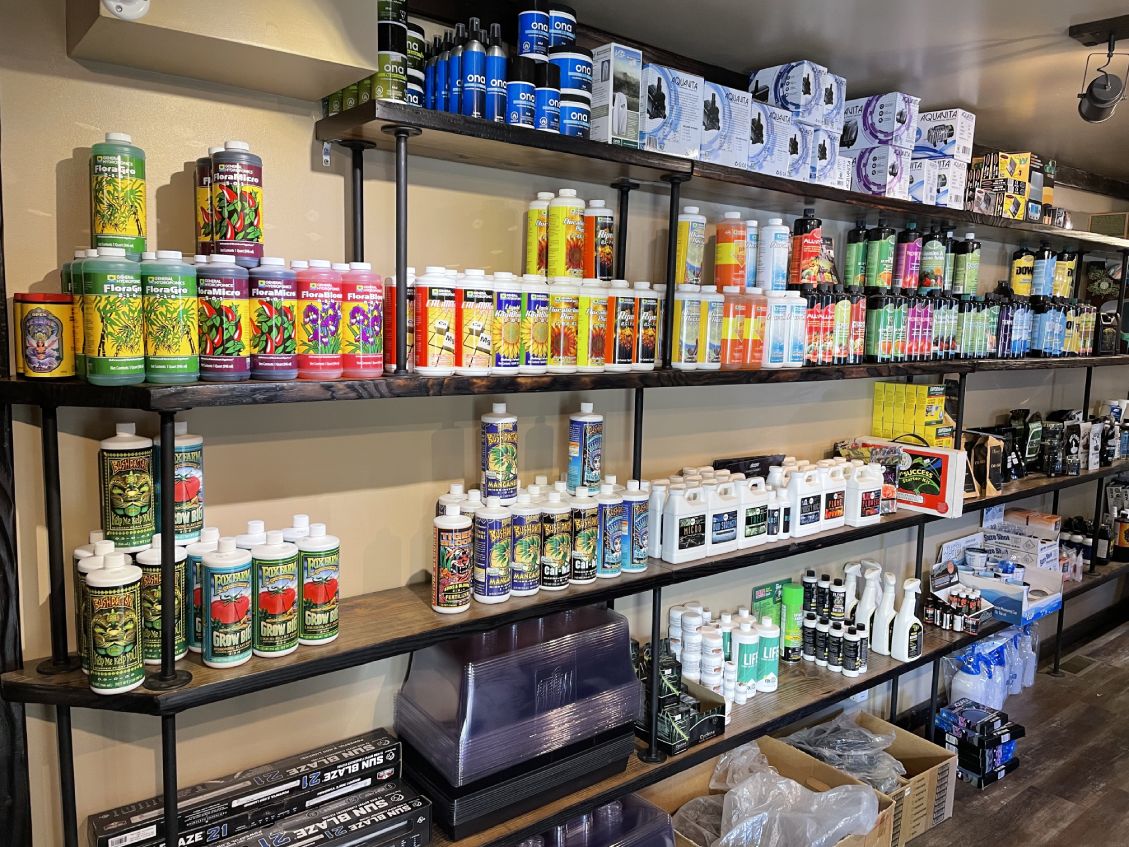The Indoor Earthworm: An Fascinating Research of Nature Indoors
The Indoor Earthworm: An Fascinating Research of Nature Indoors
Blog Article
Discover the Benefits of Hydroponics for Indoor Horticulture
Hydroponics, an approach of expanding plants without dirt, has been gaining popularity for indoor gardening lovers. As even more individuals look for cutting-edge means to grow plants indoors, hydroponics presents a compelling service that deals with different difficulties encountered by typical soil-based horticulture.
Raised Development Prices
By delivering nutrients straight to the plant origins in a very soluble type, plants in hydroponic systems can uptake vital nutrients much more efficiently, leading to faster development. Furthermore, the oxygen-rich atmosphere in hydroponic systems allows for enhanced nutrient absorption and boosted metabolic procedures within the plants, further adding to sped up growth rates.
In addition, the absence of dirt in hydroponic systems eliminates the demand for plants to expend power on extensive origin growth searching for nutrients. This power can then be redirected in the direction of above-ground development, causing lusher vegetation and quicker development of blossoms or fruits. In general, the raised growth rates observed in hydroponic systems make them an engaging option for cultivators aiming to maximize plant growth and performance.
Water Preservation Advantages
With the boosting international focus on sustainable methods, what benefits does hydroponics offer in terms of water conservation? Hydroponic systems are unbelievably water-efficient contrasted to traditional soil-based gardening techniques. In hydroponics, water is recirculated and recycled within the system, decreasing water wastage. Unlike conventional soil gardening, where plants require to create considerable origin systems to look for water, hydroponic systems deliver water and nutrients directly to the plant roots. This targeted shipment makes sure that plants get specifically what they require, lowering excess water use. Additionally, hydroponic systems can be equipped with advanced technologies such as drip irrigation and nutrient film technique (NFT) systems, even more optimizing water distribution and reducing evaporation. By utilizing water much more effectively and lessening waste, hydroponic gardening can save significant quantities of water, making it a lasting selection for interior gardening enthusiasts wanting to conserve this priceless source. Welcoming hydroponics not just benefits plant growth but additionally adds to water preservation efforts, lining up with the worldwide push in the direction of even more sustainable agricultural practices.
Nutrient Efficiency Benefits
Given the substantial water conservation advantages related to hydroponics, another benefit lies in the reliable usage of nutrients within the system. Unlike traditional soil-based horticulture, where nutrients are dispersed in the dirt and may not constantly reach the plant origins effectively, hydroponic systems provide nutrients directly to the plants' origins in a regulated way. This targeted distribution guarantees that plants obtain the accurate quantity of nutrients they need for ideal development, eliminating waste and reducing the danger of nutrient drainage.
In hydroponic systems, nutrient options are carefully kept an eye on and gotten used to preserve the excellent balance for plant growth. This accuracy permits plants to uptake nutrients much more successfully, leading to faster growth rates and greater yields compared to conventional horticulture approaches. Additionally, the recirculating nature of lots of hydroponic systems better enhances nutrition effectiveness by continually providing plants with access to vital components.
Space Optimization Solutions
To make best use of the performance of interior horticulture setups, implementing area optimization remedies is important for achieving ideal plant development and productivity. One reliable service is upright gardening, which involves utilizing vertical space to grow plants upwards, thereby making best use of using minimal flooring room. By mounting upright hydroponic systems such as stacked grow towers or hanging planters, growers can cultivate a bigger amount of plants in a smaller sized impact.
Furthermore, using reflective materials on wall surfaces or mounting expand lights tactically can assist optimize light distribution to plants that are not straight under the key light. This method guarantees that plants at different elevations get sufficient light for photosynthesis, promoting uniform growth throughout the interior yard.

Parasite and Condition Control Benefits
Effective insect and illness control check my blog steps are vital elements of effective hydroponic indoor gardening systems. One of the significant benefits of hydroponic gardening in this regard is the lowered threat of parasite problems contrasted to standard soil-based techniques. Without soil, numerous common pests that count on dirt for sanctuary and nutrients are incapable to prosper in hydroponic systems. This gets rid of the need for harmful chemical pesticides that can be detrimental to both plants and the setting. In addition, the regulated atmosphere of hydroponic systems permits very early discovery of any type of insect or condition concerns, allowing prompt treatment to stop extensive damage.

Conclusion
To conclude, the advantages of hydroponics for indoor gardening are substantial. Boosted growth rates, water preservation benefits, nutrient performance advantages, area optimization solutions, and pest and illness control benefits make hydroponic systems an important option for interior plant cultivation. By utilizing hydroponics, people can maximize their plant development possibility while conserving sources and lessening the risks related to typical soil-based horticulture techniques.
By delivering nutrients straight to the plant roots in a highly soluble kind, plants in hydroponic systems can uptake important nutrients more successfully, leading to faster growth. The Indoor Earthworm. On the whole, the enhanced development rates observed in hydroponic systems make them an engaging option for farmers looking to discover here maximize plant development and productivity
Unlike standard dirt gardening, where plants require to develop substantial origin systems to search for water, hydroponic systems supply water and nutrients directly to the plant roots. Unlike typical soil-based gardening, where nutrients are distributed in the dirt and may not always get to the plant origins efficiently, hydroponic systems provide nutrients straight to the plants' roots in a controlled fashion. Increased growth prices, water preservation advantages, nutrient effectiveness benefits, space optimization services, and bug and disease More Bonuses control benefits make hydroponic systems an important alternative for interior plant cultivation.
Report this page